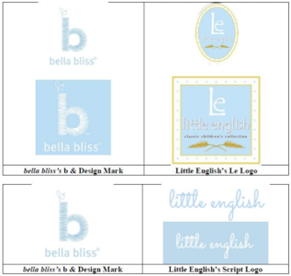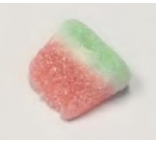Addressing the issue of analogous trademark use, the Trademark Trial & Appeal Board designated precedential a September 6, 2022, decision in which the Board cancelled a registration for CAPTAIN CANNABIS based on the petitioner’s evidence of prior use that was “analogous to trademark use.” Laverne John Andrusiek v. Cosmic Crusaders LLC and Lewis J. Davidson, Cancellation No. 92064830 (TTAB Jan. 3, 2024) (Wolfson, Lynch, Larkin, ATJs).
Laverne John Andrusiek claimed to have first created a comic book featuring the title character, Captain Cannabis, during the 1970s. Although Laverne’s sales of comic books under the CAPTAIN CANNABIS mark did not begin until 2017, he promoted his Captain Cannabis character much earlier. For example, Laverne stated that he attended a trade show in New Orleans in 1999 where he distributed flyers describing an adult animated series “in development” featuring the character Captain Cannabis. That same year, Laverne registered the captaincannabis.com domain name, where he alleges he operated a website promoting and selling Captain Cannabis products. In 2006, Laverne claims to have printed 5,000 copies of a comic book that included a Captain Cannabis character and to have first sold those comic books via an online retailer, where sales continued through 2017.
Cosmic Crusaders registered CAPTAIN CANNABIS for “comic books” in Class 16. The subject application was filed on April 2, 2014, and issued on July 28, 2015. Laverne petitioned to cancel this registration in 2016 under Section 2(d) of the Trademark Act, claiming that use of this mark was likely to cause confusion with his prior common-law use of the identical mark in connection with identical goods. Cosmic Crusaders did not contest that contemporaneous use of both marks would be likely to cause confusion, and there was no dispute that the marks were not distinctive. Therefore, the only issue for the Board to determine was priority.
To establish priority, Laverne had to show (by a preponderance of the evidence) that he owns a trademark previously used in the United States that has not been abandoned. Because priority was based on common-law use in this case, Laverne was also required to establish prior actual trademark use or prior use analogous to trademark use, “such as use in advertising brochures, trade publications, catalogues, newspaper advertisements and Internet websites that created a public awareness of the designation as a trademark identifying Petitioner as the source of the relevant goods.”
Analogous use does not require “survey evidence or other direct evidence of the consuming public’s identification of the CAPTAIN CANNABIS mark with [Andrusiek] as the source of comic books or related goods such as DVDs and animated videos.” Rather, Laverne had to show that he had used the CAPTAIN CANNABIS mark in the US in a way that was “sufficient to create an association in the mind of the relevant consumers between the mark and the goods, followed by actual trademark use of the mark within a ‘commercially reasonable time.’”
The Board found that Laverne’s CAPTAIN CANNABIS mark was reasonably well known within the niche [...]
Continue Reading
read more

 Subscribe
Subscribe








